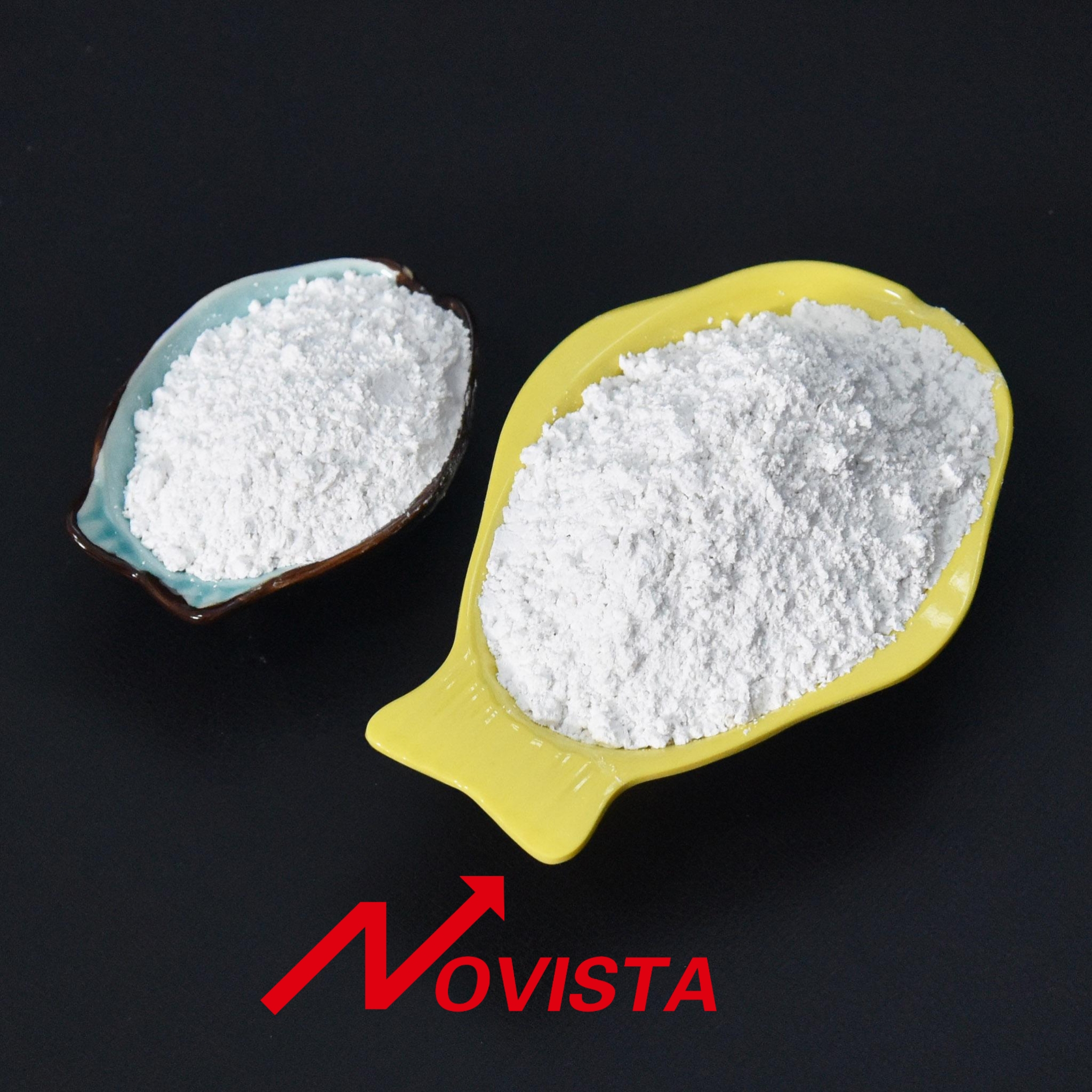PVC (polyvinyl chloride) is a type of plastic that finds extensive residential, commercial, industrial and military use. Comprising a wide range of materials and applications, including pipes, footwear and floor coverings, PVC plastic is used globally for its versatility, stability and good chemical and physical properties. Flexible PVC plastic compounds are used in communication wire coating, electrical wire jackets and coating, bumpers, wheels, outdoor furniture, medical tubing and meat wrap. Rigid PVC is used for water distribution pimping, chemical pumps and tanks, bathtubs, appliances, decorative trim and profiles, medical apparatus and house siding.
Physical Properties
- PVC plastic is available as a cream-colored solid, white powder or thick white liquid (when diluted in water). It is combustible, stable and has a tensile strength of 6500 pounds per square inch, melts at 176 degrees Fahrenheit and can withstand temperatures between -13 and +158 degrees Fahrenheit. PVC plastic has a specific gravity of 1.34. (The specific gravity of a substance is its density compared with the density of water.) It is mechanically stable and exhibits a minimum or low change in mechanical strength or molecular structure. However, constant exposure to an exterior force can deform its structure.
Chemical Properties
- PVC plastic is formed from materials that are derived from salt and oil. According to R. H. Burgess in the book “Manufacture and Processing of PVC,” PVC plastic is manufactured by three methods: mass (bulk) polymerisation, emulsion and suspension. The chemical formula of PVC is (C2H3Cl)n. PVC plastic offers excellent resistance to concentrated and diluted acids, mineral oils, hydrocarbons, bases and alcohols. It offers good resistance to oxidizing agents and vegetable oils, limited resistance to aldehydes and poor resistance to esters, halogenated and aromatic hydrocarbons and ketones.
Weathering, Impact and Fire Resistance
- PVC plastic is resistant to harsh environmental conditions, including high winds, rain, hail, sleet and snow. In addition, the material is UV, thermal aging, warp, wear, sunlight, stiffness and shrinkage resistant. Due to this property, PVC is widely used as an external construction material and to form cladding, roofing and window elements.
PVC plastic, due to its high chlorine content, is resistant to ignition and fire. It is used extensively as an external sheath on electrical wiring and as a building material due to its fire resistance.
According to R. Hudson in the book “Commodity Plastics–As Engineering Materials,” specialist grade PVC plastics are produced for additional weather/impact and medical resistant applications. High impact PVC plastics with acrylic rubber or chlorinated polyethylene, for instance, provide greater impact resistance than regular, unmodified grades.















